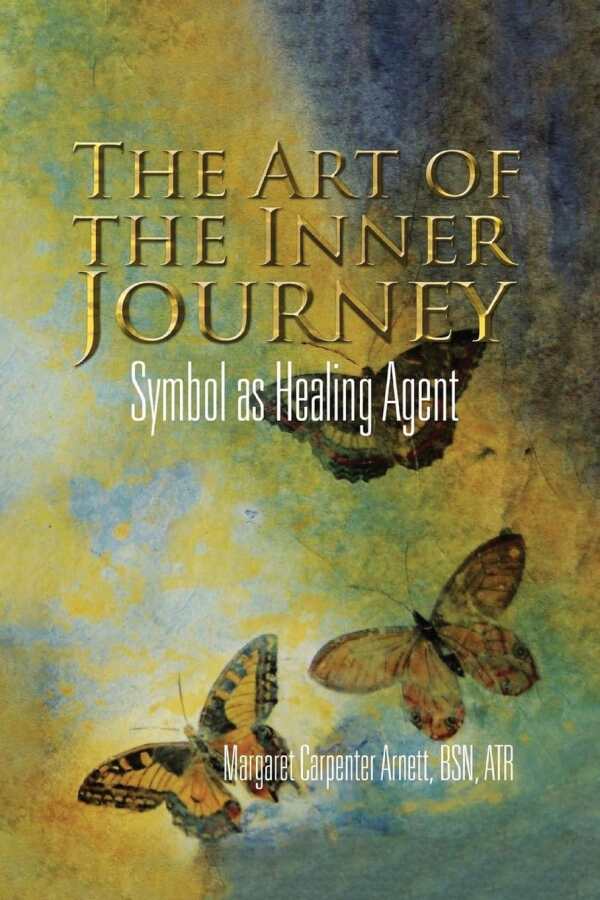The Art of the Inner Journey
Symbol as Healing Agent
Supported by emotive personal stories, the self-help guide The Art of the Inner Journey is about working through personal troubles via art.
Art therapist Margaret Carpenter Arnett’s compassionate self-help book The Art of the Inner Journey is about using art for healing.
Balancing theory, anecdotes, and practical meditation tactics across its three sections, the book’s dominant message is that art therapy is a powerful tool—an “external creative process” used to achieve the “inner healing” of the body, mind, and spirit. Championing creativity, the exploration of the subconscious, and spiritual growth, it asserts that drawing and painting can be powerful nonverbal therapy tool aids. Such expressions, it says, enable introspection by accessing the subconscious. Thirteen student stories are used to illustrate the practice, supplemented by individual and group meditation exercises. The book closes with fifteen outlines of suggested “imagery journeys,” beginning with breathing exercises and including drawing prompts.
Encouraging consideration of art therapy for more profound cognitive enlightenment, the book emphasizes honest spiritual growth over picture-perfect drawings. It names steps for working through emotional, psychological, and physical troubles through art in lucid terms. Grounded in insights from medical and art therapy practitioners and Jungian teachings on symbolism, it proffers specialized advice on leading art meditation classes, down to considering class sizes, supplies, the music to play during a class, and the length of time that each class should take. And it zooms in for tips on confronting particular challenges: For alleviating anxiety, for instance,it suggests using one’s nondominant hand to connect with the creative right brain and stimulate softer lines. Switches between colored pencils, watercolor, acrylics, and pen and ink tools are also said to be useful for moving people into different headspaces.
Still, much of the book is devoted to the personal narratives of self-discovery from eleven women and two men with whom Arnett worked. Their discussions of childhood trauma, grief, career challenges, and family relationship issues are vulnerable. And their accounts of individual healing are embellished by examples of the artwork they produced and explanations of the correlating therapeutic processes. These intimate images represent diverse processes: Aggie favored the symbol of a spider web in her drawings and found it “centering” when drawn as a mandala; themes of grounding and focus are present in Christine’s colored pencil imagery of soft blues, greens, and yellows in “Tree Form.” Elsewhere, Jay, using felt pens, produces bright orange flames signaling pain.
An example-heavy text, the self-help guide The Art of the Inner Journey demystifies art therapy as a means of spiritual discovery.
Reviewed by
Katy Keffer
Disclosure: This article is not an endorsement, but a review. The publisher of this book provided free copies of the book and paid a small fee to have their book reviewed by a professional reviewer. Foreword Reviews and Clarion Reviews make no guarantee that the publisher will receive a positive review. Foreword Magazine, Inc. is disclosing this in accordance with the Federal Trade Commission’s 16 CFR, Part 255.

